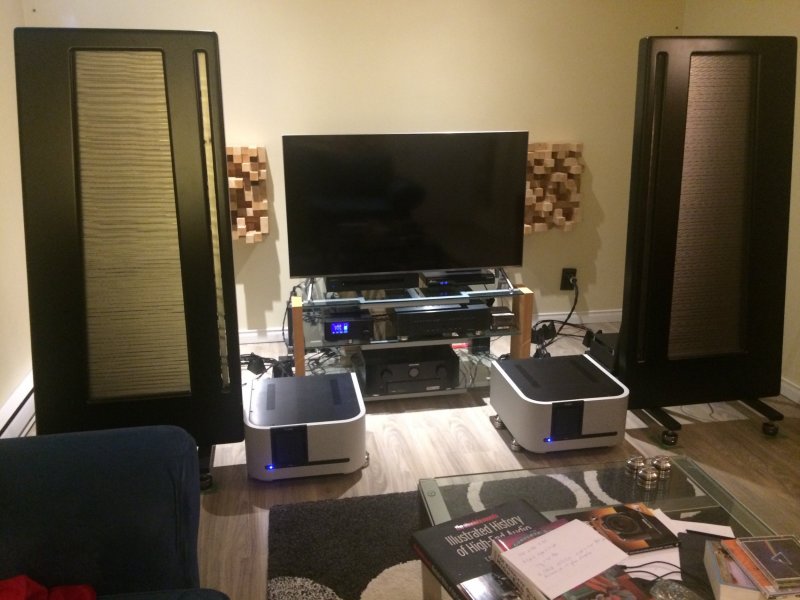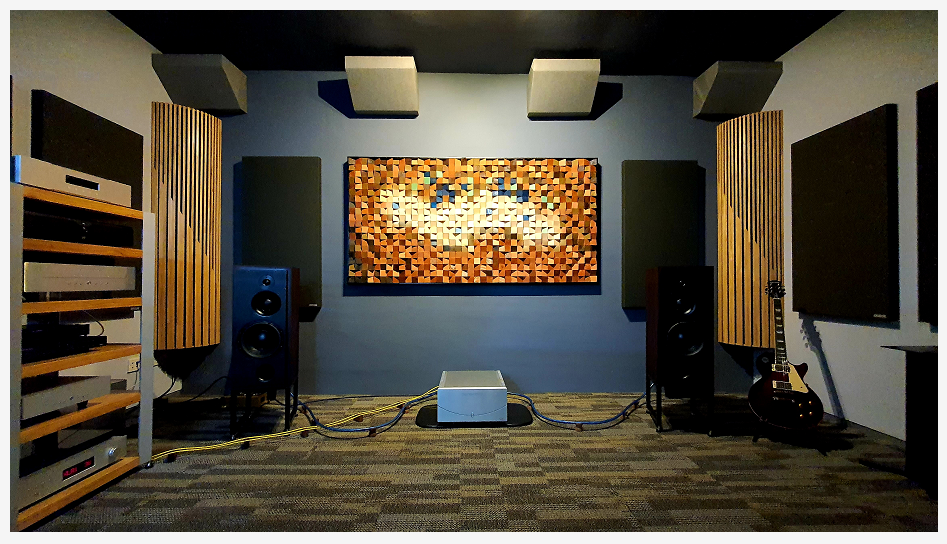Exactly. I do the same. If you want best sonic performance, this is just the trade off. My TPlus and Gaia were both unplugged for a couple months. I plugged them in three days ago. Initially, I was like "hmmmm.... sounds very nice but not as good as I remembered". Didn't listen again until last night and.... all is right with the world again. Just spectacular sound.The reason there is standby button but no power button is that the clock needs to remain at an elevated temperature to perform best its an OCXO Clock- Oven Controlled Crystal (Xtal) Oscillator. It has to be on for days to come to equilibrium and best performance. I leave mine on on (not standby) per Alvin's recommendation for best performance.
Last edited:












